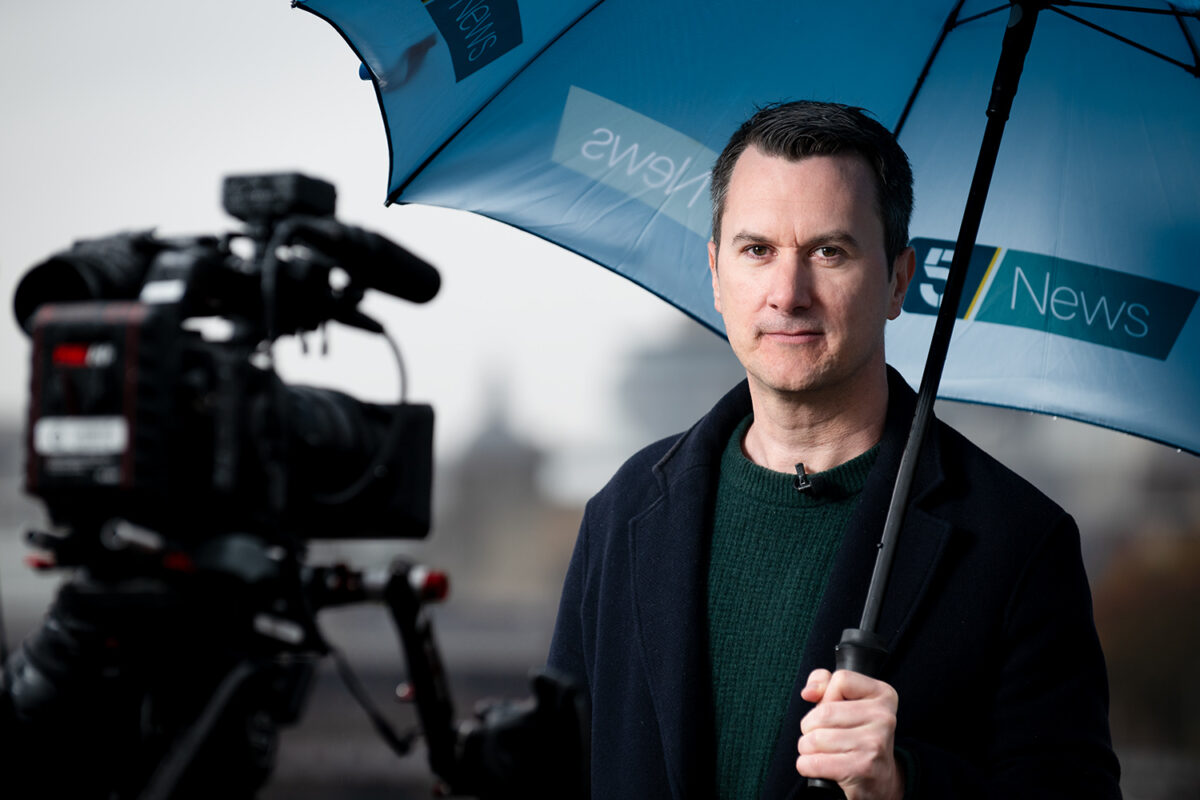How to launch your career in design

Many people aspire to land a job in design, having set it as their dream role since school or college. It allows people to use their creative flair and generate something that they’re proud of, and it’s often shown off to others as part of promotional material. So, how can you secure a job in this sector?
Together with Where The Trade Buys, retailers of outdoor banners, we take a look at the different roles that are out there and the best way of securing a job in design:
What design roles are up for grabs?
As more and more technological and marketing companies spring up year on year, the demand for designers soars. It’s true that you could find yourself in any sector, but what roles are out there?
Branding roles
Designers make up an important chunk for any branding. It helps them project their message to a target market and create a memorable brand image. Some companies have design teams in-house and others outsource to marketing and design agencies. It’s down to you to decide which environment you think you’d enjoy most. In an agency role for example, you could be working with a variety of businesses and projects all at one. As part of an in-house team, you’d work solely with that brand.
In a branding project, you would work closely with the company to determine target markets and talk about how the brand can be best represented visually.
A role in typography
Ever wondered what a typographer does? These people are trained in the design of type and lettering, another important part of creating visuals. As you’re probably aware, a logo or the typography of a company can become widely recognisable by customers — take Coca Cola for example.
This type of role appeals to people who are interested in lettering styles and getting creative with words. This is quite a niche area, therefore many designers specialise in this alongside other areas of design.
A role in editorial design
The process of designing border that contain the text in magazines and newspapers for both online and offline publication is known as editorial design. This type of design requires an eye for composition, layout and aesthetically pleasing typography.
To succeed as an editorial designer, you should have the following qualities:
- The ability to recognise attractive content
- Understand what the reader wants to see on the page
- Be skilled in the layout of images and content
A role in illustration
Those equipped with strong illustration skills can find themselves a job in animation. Or, you might find yourself in a company role who require illustrations to spread their brand message or inform their audience.
As an illustrator you might find yourself:
- Designing posters
- Creating storyboards
- Producing images for books and book covers
- Curating the design of products
- Film and cartoon creation
- Video game and app design
There are specialised areas of illustration too, such as science, technology and medicine. Here, they create imagery for text books and material to help readers understand the subject.
This is just a small insight into the opportunities available for aspiring designers. Conduct plenty of research to find the job that you’re most interested in.
Studying and work experience
Despite design roles having a heavy slant towards creativity, there are some things you can do in terms of work experience and studying.
One of the first steps to consider is starting a degree to really enhance your skillset. Each course is different, depending on the university but most of them cover the following topics:
- The influences of graphic design
- Styles of typography
- How branding and design comes together
Having an available portfolio of work is a good way to get your foot in the door of starting a undergraduate degree in this field. Through an Art and Design related GCSE or A-level you can start to discover your own style and use the work to create a portfolio for the future.
Having work experience on your CV is essential if you want to be competing against the competition. Why not get in touch with a local design agency or local business? If you don’t mind working unpaid, it’s likely that businesses will take you up on your offer.
During university, take the opportunity to do a year in industry too. You’ll hopefully learn more about the industry you’re most interested in and can gain some extra experience to add to your CV!











Responses